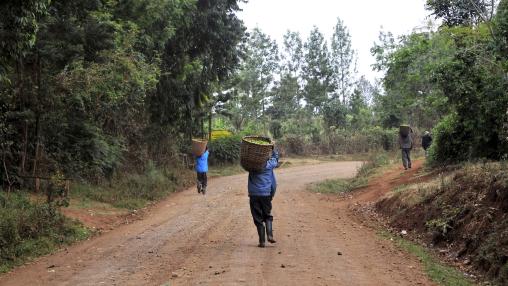
Food Self-Sufficiency Not Enough for Food Security, New Research Suggests
Does Africa need food self-sufficiency to achieve long-term food security?
Not necessarily, according to new research from IFPRI.
With food security continuing to deteriorate across the region and an estimated 600 million people expected to be chronically undernourished by 2030, shoring up Africa’s food and nutrition security has become a priority for the region’s policymakers. This perceived need has been further highlighted by recurring shocks to global food markets, including the 2008 food crisis, the COVID-19 pandemic, and the Russia-Ukraine war.
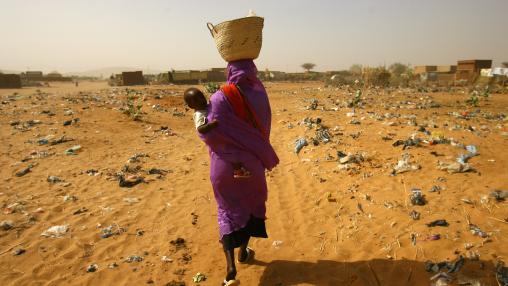
Sudan Faces Risk of Widespread Famine, Says New IPC and FEWS Net Alerts
As conflict worsens in Sudan, the country is facing unprecedented levels of acute food insecurity and malnutrition, according to a new alerts from both Integrated Food Security Phase Classification (IPC) and FEWS Net.
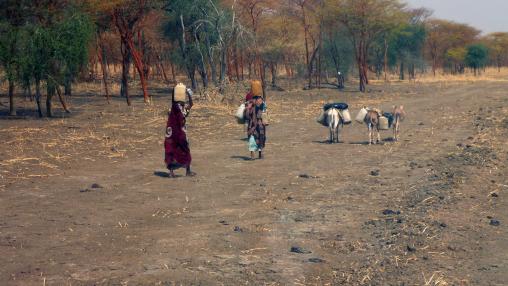
Expanding conflict brings new food security challenges for Sudan
Conflict continues to drive acute food insecurity and food assistance needs in Sudan, according to a recent FEWS Net alert.
Fighting in the country has expanded into Sudan’s southeast region, a major agricultural production and food storage area. The region typically accounts for more than 50 percent of Sudan’s annual domestic cereal production. Conflict-led disruptions to both agricultural production and trade, including destruction of infrastructure, pose a substantial threat to food availability throughout the country, reports FEWS Net.

Food security and economic impacts of African swine fever: New FSP tool launched
In 2018, African swine fever (ASF), a deadly hemorrhagic disease found in pigs, was reported for the first time in China. By mid-2019, the disease had infected hundreds of millions of pigs—anywhere from 30 to 70 percent of the country’s swine population. Millions of pigs were culled in an effort to slow the spread of the disease, resulting in a drastic reduction in the volume of Chinese pork produced.
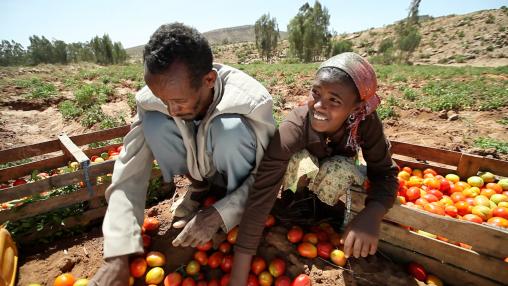
Inside Ethiopia’s agricultural success story
This post originally appeared on IFPRI.org .
By Francesca Edralin
Ethiopia’s rapid economic and agricultural growth over the past two decades is a well-known African success story. In 2000, Ethiopia ranked as the second-poorest country in the world , according to Oxford University’s Global Multidimensional Poverty Index. Then, thanks in large part to sustained investments in the agricultural sector, the economy grew and poverty fell. Ethiopia was the third-fastest growing country in the world from 2000 to 2018 based on GDP per capita, according to World Bank data.
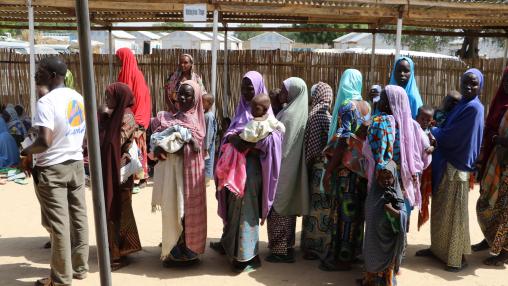
Poor Diets Driving Malnutrition in Nigeria
In recent decades, the amount of calories available to the average Nigerian on a daily basis has increased significantly. Despite this progress, however, the country continues to battle high levels of malnutrition of varying types. According to a recent research brief , a lack of dietary diversity and dietary quality may be to blame.
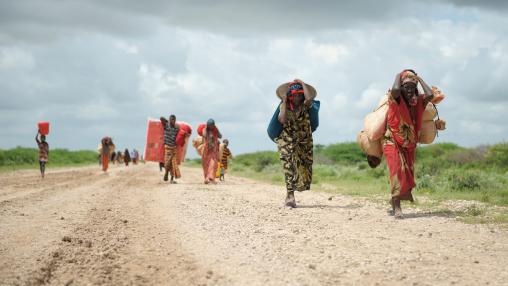
Conflict, weather drive acute hunger
An estimated 73 million people in Africa faced acute levels of hunger and food insecurity in 2019, according to the 2020 Global Report on Food Crises, released this week. The continent accounted for 54 percent of the global total of severely food-insecure people. As the COVID-19 pandemic continues to spread around the world, developing countries in the region will likely see even further disruptions to food access. These disruptions will compound existing food crises and potentially create new ones.
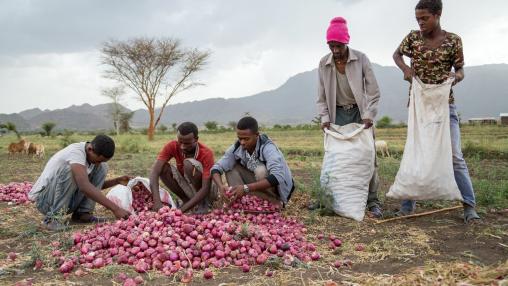
Impacts of the COVID-19 crisis on vegetable value chains in Ethiopia
This post originally appeared on IFPRI.org blog .
By: Seneshaw Tamru, Kalle Hirvonen, and Bart Minten
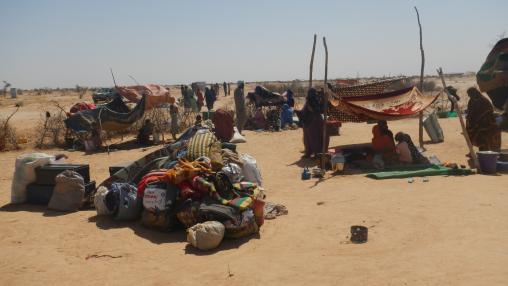
Conflict to Worsen Food Security in Central West Africa
Since mid-2018, conflict in the Liptako-Gourma region, the border connecting western Niger, northern and eastern Burkina Faso, and central and northeastern Mali, has displaced almost 700,000 people and caused massive disruptions to market functioning and livelihoods, according to a recent alert from FEWS Net . These disruptions are expected to continue to drive urgent humanitarian needs through the rest of 2020.
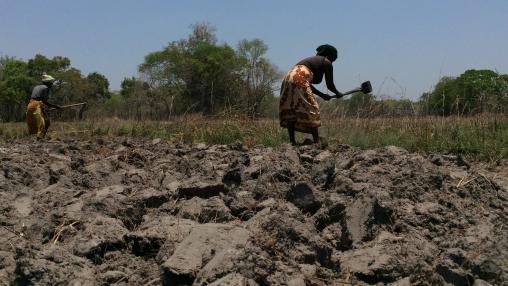
Below Average Rainfall to Challenge Planting, Food Security in Southern Africa
According to a recent alert from FEWS Net , southern Africa has seen a below average start to the 2019-2020 agricultural season, with rainfall only 55-85 percent of normal levels from October through early December. This decrease in precipitation has negatively impacted planting and germination rates throughout much of the region. The most impacted areas include Lesotho, central and southern Mozambique, Madagascar, South Africa, and western and southern Zambia. The situation will only be further exacerbated by expected continued below average rainfall through May 2020.